Various schools of philosophy, both Jewish and Gentile, have offered explanations erudite and otherwise of the identity of Adam. In this primordial man the Neo-Platonists recognized the Platonic Idea of humanity–the archetype or pattern of the genus homo. Philo Judæus considered Adam to represent the human mind, which could understand (and hence give names to) the creatures about it, but could not comprehend (and hence left nameless) the mystery of its own nature. Adam was also likened to the Pythagorean monad which by virtue of its state of perfect unity could dwell in the Edenic sphere. When through a process akin to fission the monad became the duad–the proper symbol of discord and delusion–the creature thus formed was exiled from its celestial home. Thus the twofold man was driven from the Paradise belonging to the undivided creation and cherubim and a flaming sword were placed on guard at the gates of the Causal World. Consequently, only after the reestablishment of unity within himself can man regain his primal spiritual state.
According to the Isarim, the secret doctrine of Israel taught the existence of four Adams, each dwelling in one of the four Qabbalistic worlds. The first, or heavenly, Adam dwelt alone in the Atziluthic sphere and within his nature existed all spiritual and material potentialities. The second Adam resided in the sphere of Briah. Like the first Adam, this being was androgynous and the tenth division of its body (its heel, Malchuth) corresponded to the church of Israel that shall bruise the serpent’s head. The third Adam–likewise androgynous–was clothed in a body of light and abode in the sphere of Yetzirah. The fourth Adam was merely the third Adam after the fall into the sphere of Assiah, at which time the spiritual man took upon himself the animal shell or coat of skins. The fourth Adam was still considered as a single individual, though division had taken place within his nature and two shells or physical bodies existed, in one of which was incarnated the masculine and in the other the feminine potency. (For further details consult Isaac Myer.)
The universal nature of Adam is revealed in the various accounts concerning the substances of which he was formed. It was originally ordained that the “dirt” to be used in fashioning him was to be derived from the seven worlds. As these planes, however, refused to give of their substances, the Creator wrenched from them by force the elements to be employed in the Adamic constitution. St. Augustine discovered a Notarikon in the name of Adam. He showed that the four letters, A-D-A-M, are the first letters of the four words Anatole Dysis Arktos Mesembria, the Greek names for the four corners of the world. The same author also sees in Adam a prototype of Christ, for he writes: “Adam sleeps that Eve may be formed: Christ dies, that the Church may be formed. While Adam sleeps, Eve is formed from his side. When Christ is dead, His side is smitten with a spear, that there flow forth sacraments to form the church. * * * Adam himself was the figure of Him that was to come.”
In his recent work, Judaism, George Foote Moore thus describes the proportions of the Adamic man: “He was a huge mass that filled the whole world to all the points of the compass. The dust of which his body was formed was gathered from every part of the world, or from the site of the future altar. Of greater interest is the notion that man was created androgynous, because it is probably a bit of foreign lore adapted to the first pair in Genesis. R. Samuel bar Nahman (third century), said, when God created Adam, He created him facing both ways (דיו פרעופים); then He sawed him in two and made two backs, one for each figure.
The Zohar holds the concept of two Adams: the first a divine being who, stepping forth from the highest original darkness, created the second, or earthly, Adam in His own image. The higher, or celestial, man was the Causal sphere With its divine potencies and potentialities considered as a gigantic personality; its members, according to the Gnostics, being the basic elements of existence. This Adam may have been symbolized as facing both ways to signify that with one face it looked upon the proximate Cause of itself and with the other face looked upon the vast sea of Cosmos into which it was to be immersed.

Moe is the founder of GnosticWarrior.com. He is a father, husband, author, martial arts black belt, and an expert in Gnosticism, the occult, and esotericism.

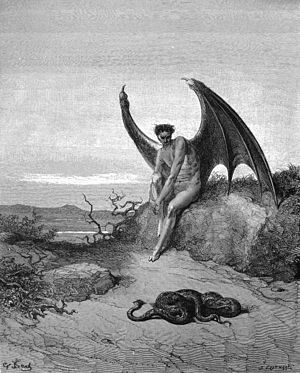

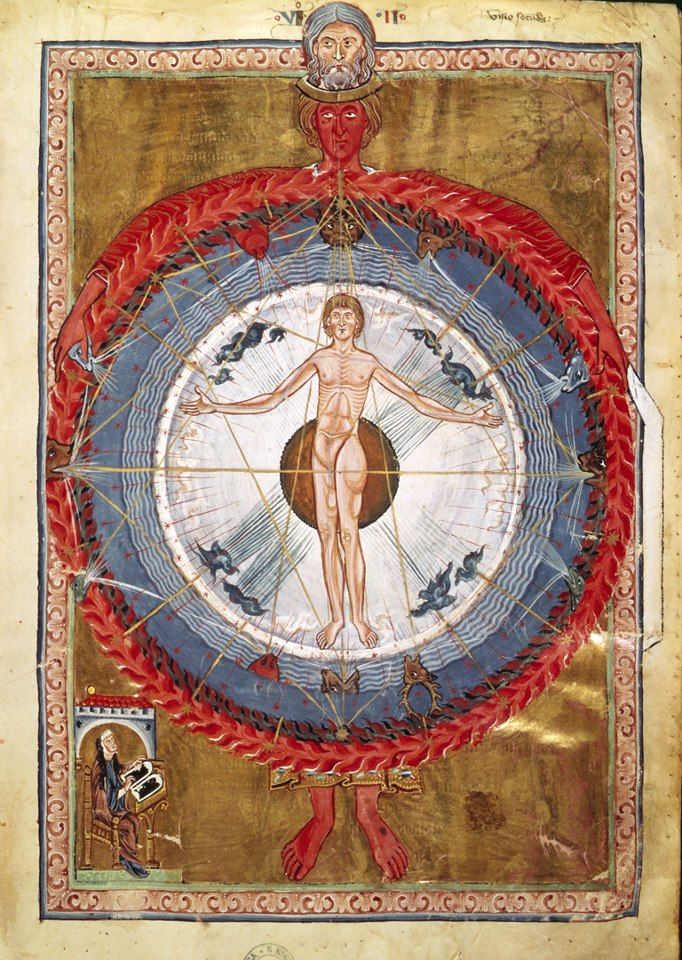
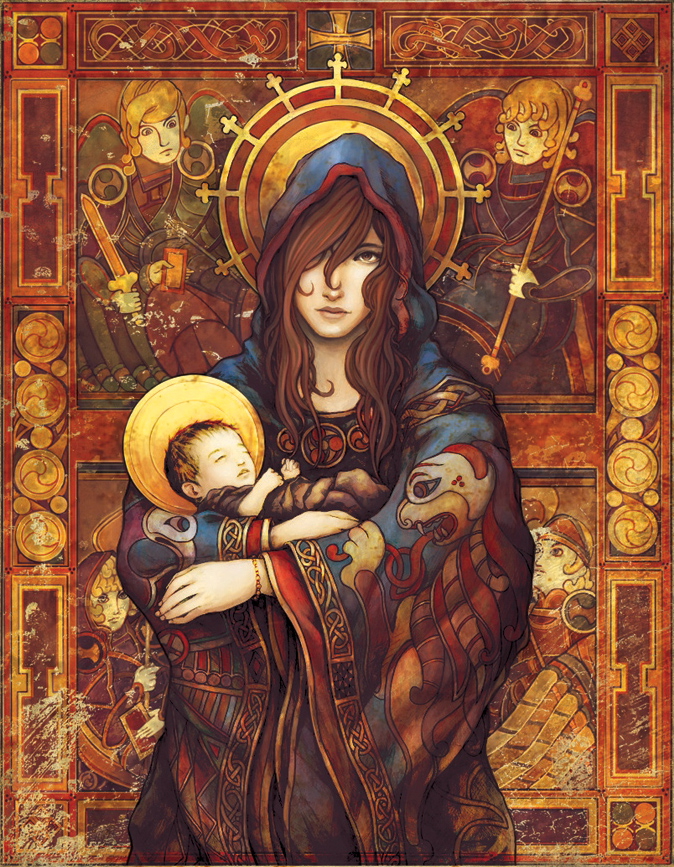
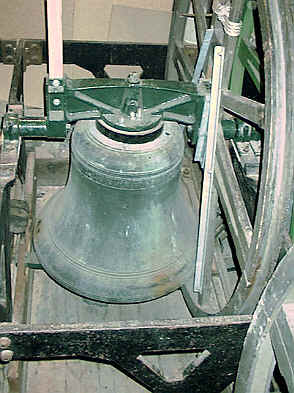
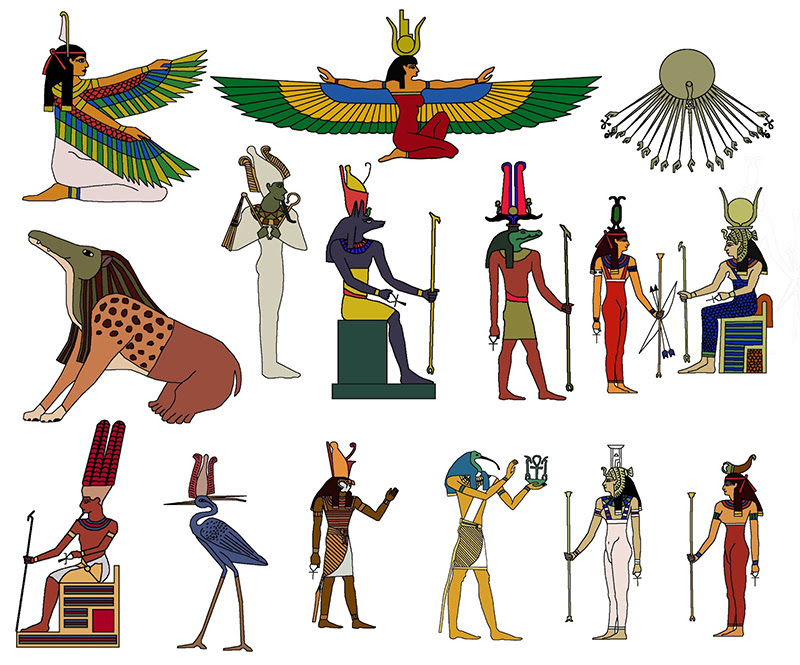
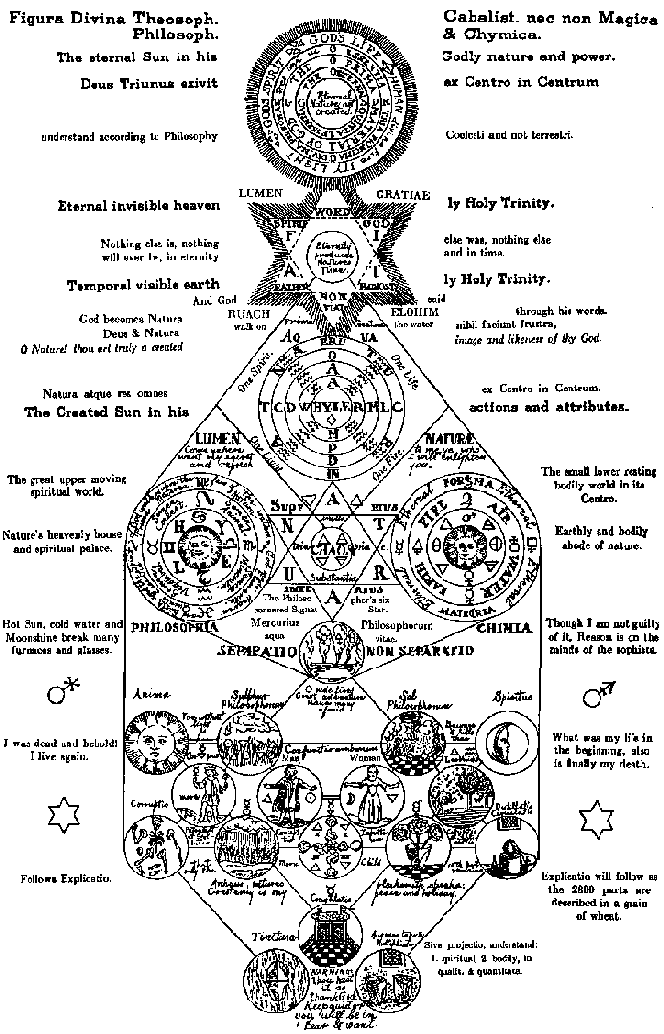
![The Serpent entwined round an [Orphic] Egg referred to the creation of the Universe Ouroboros](https://www.gnosticwarrior.com/wp-content/uploads/2015/11/Ouroboros.jpg)